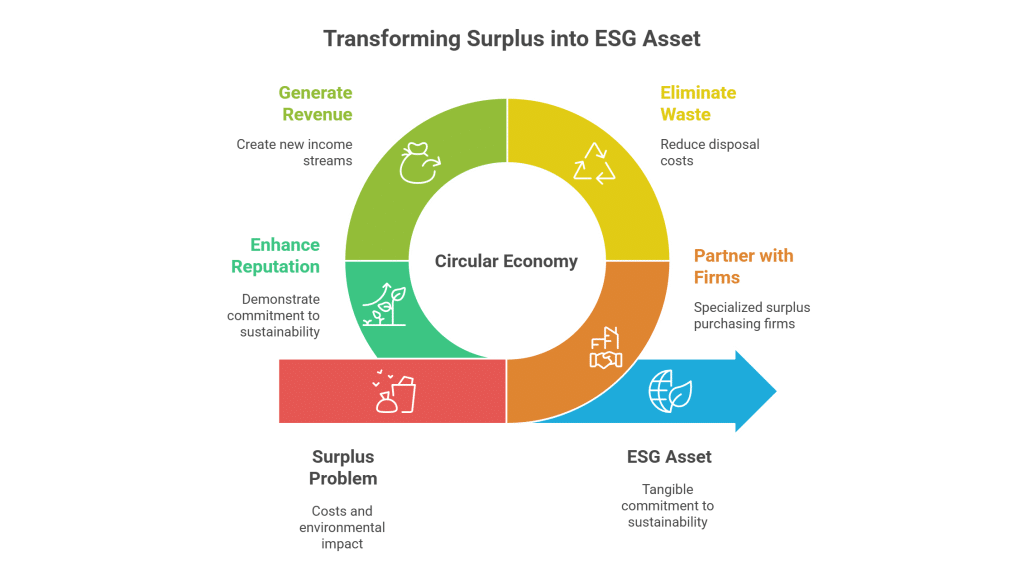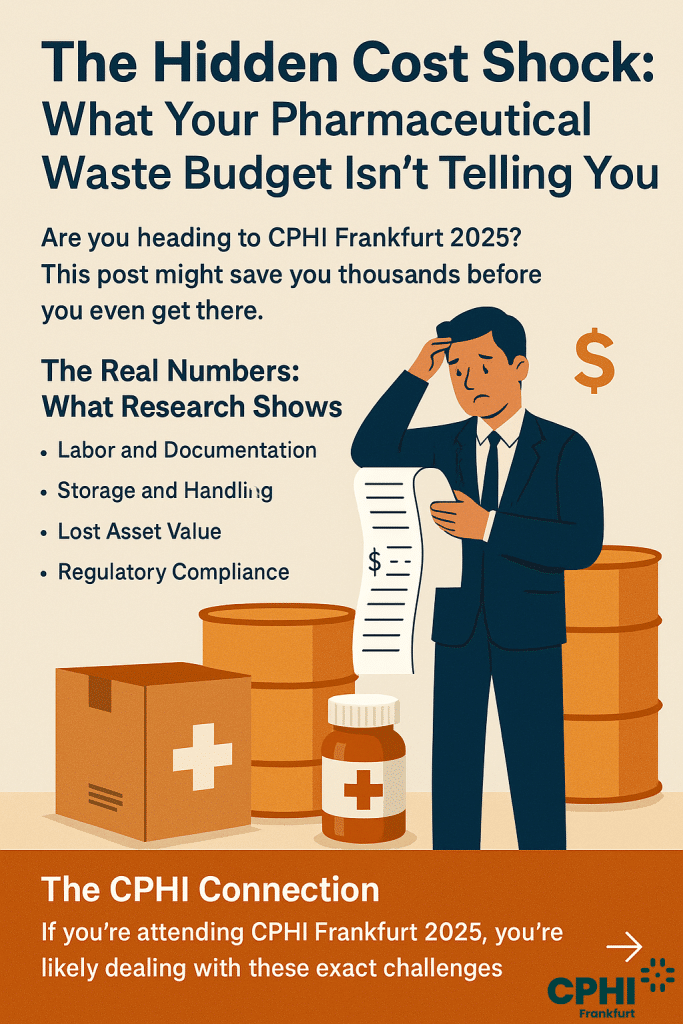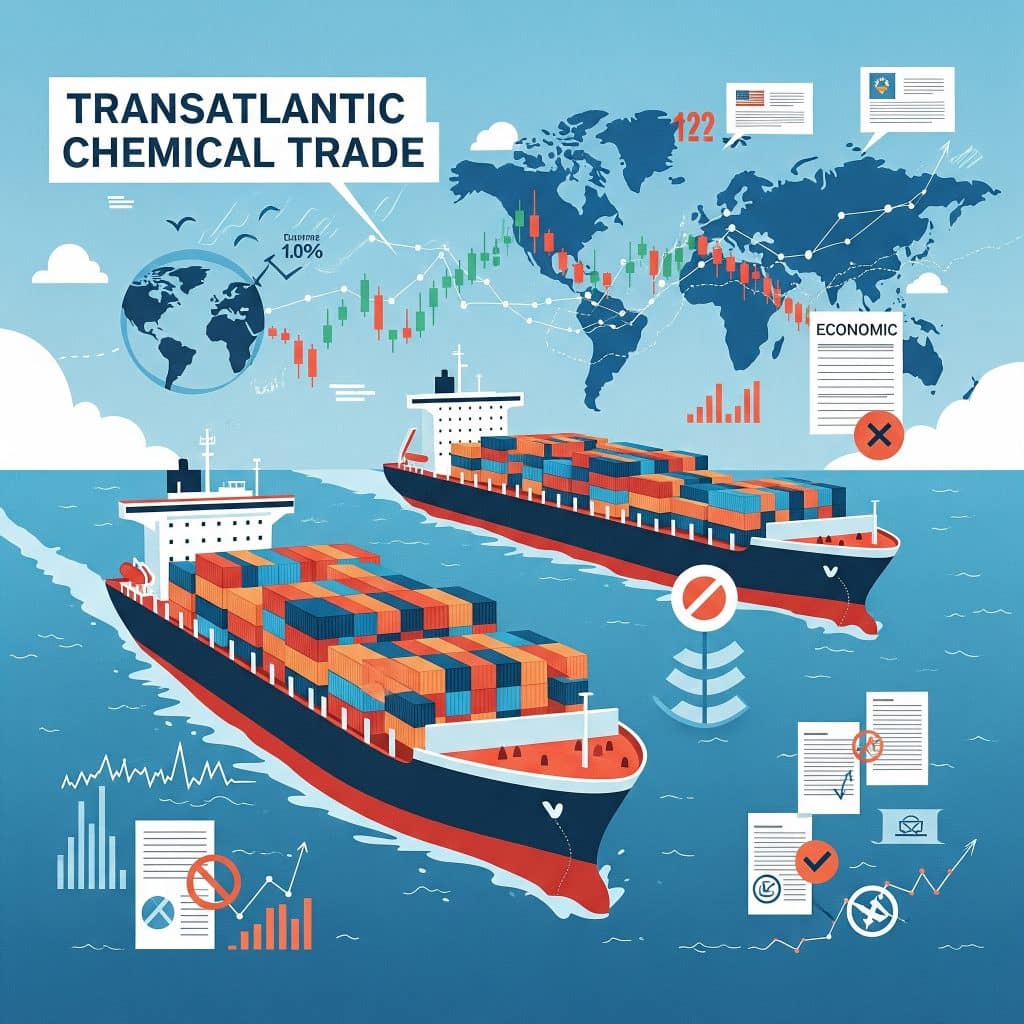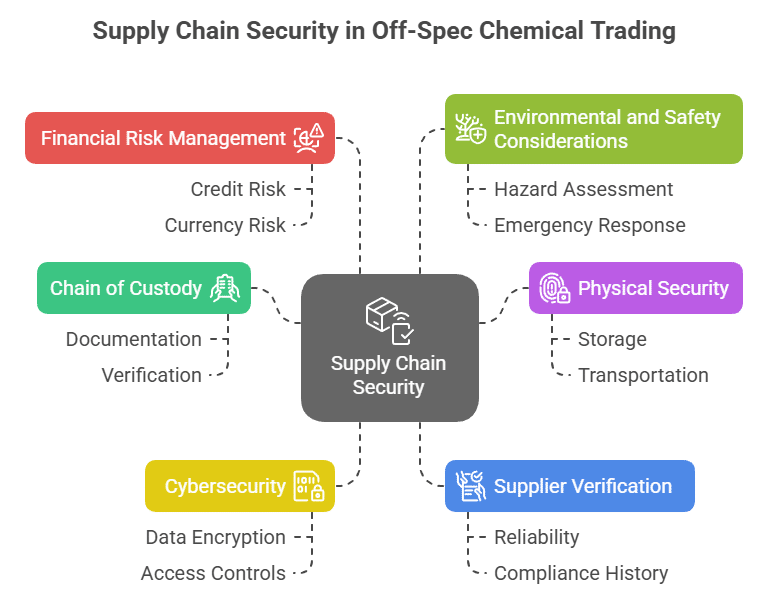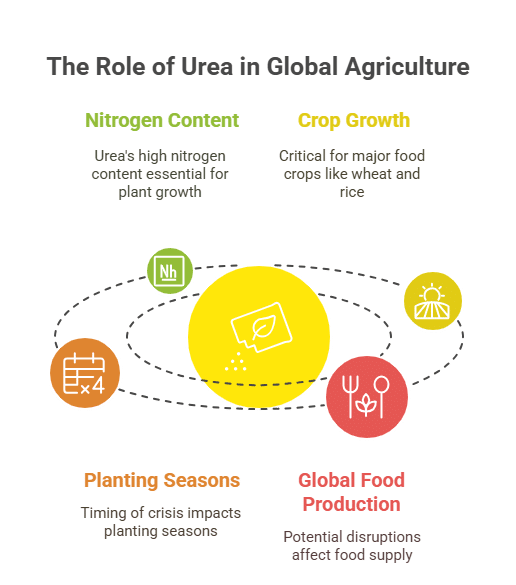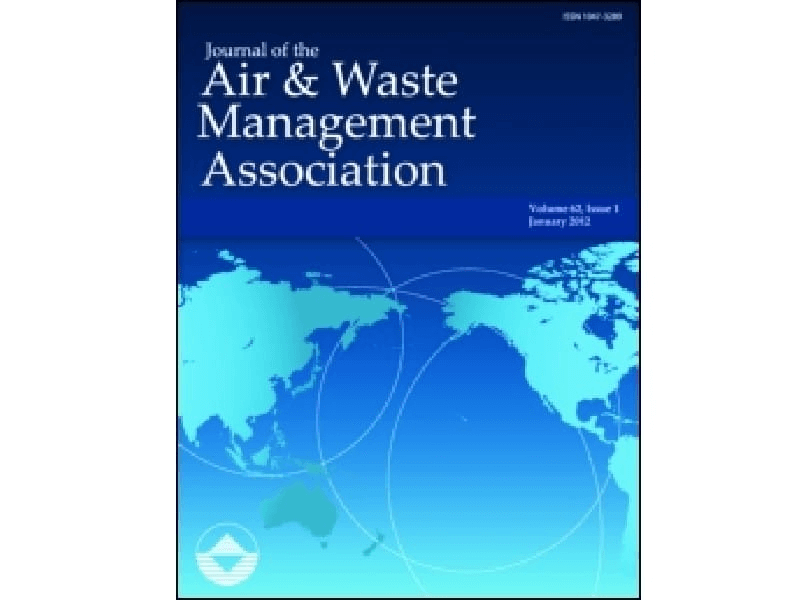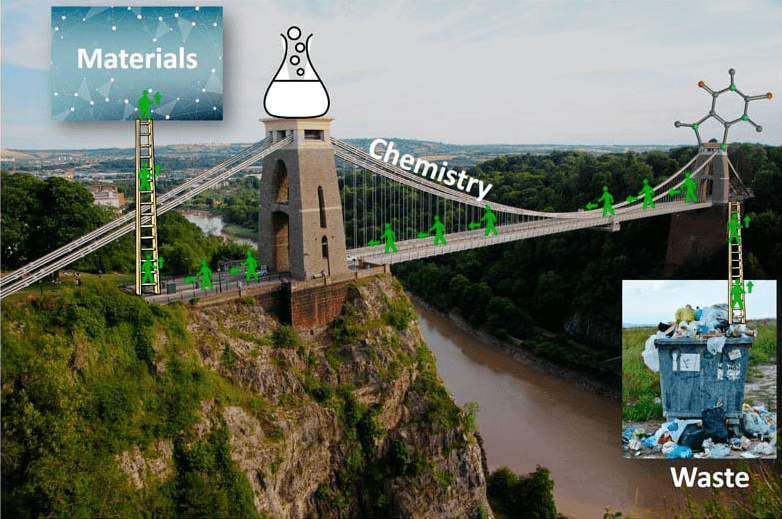Transforming Excess Formaldehyde into Value in Resins and Preservatives
Formaldehyde is a versatile chemical widely used in the production of resins and preservatives. As an essential ingredient in manufacturing adhesives, coatings, and various preservative products, this chemical often becomes surplus inventory. Its reactive nature and high purity make it a critical component, yet many companies find themselves holding excess quantities that can be better managed through trading.
Buy & Sell Formaldehyde for Resins/Preservatives – Optimize Your Chemical Inventory
Buying and selling surplus chemicals like formaldehyde offers significant benefits. It provides companies with a cost-effective alternative to disposal, reducing storage space and mitigating regulatory and environmental risks. Moreover, by monetizing excess inventory, organizations can recover costs, improve sustainability credentials, and ultimately realize revenue from otherwise idle assets. This dynamic approach not only supports environmental stewardship but also drives economic efficiency in the resins and preservatives sector.
Formaldehyde in Resins/Preservatives: Enhancing Product Stability and Durability
Buyers benefit from acquiring surplus formaldehyde at competitive prices, reducing costs without sacrificing quality. This reliable sourcing ensures consistent supply for production while improving sustainability by utilizing inventory that might otherwise be wasted.
Sellers can clear surplus stocks, freeing up valuable storage space and avoiding expensive disposal processes. By converting excess formaldehyde into profit, companies recoup investment and enhance overall supply chain efficiency, all while complying with environmental regulations.
Table of Contents
Transforming Surplus into Profit: A Formaldehyde Success Story
A leading manufacturer in the resin and preservatives sector faced challenges with a surplus of formaldehyde due to an unexpected production slowdown. By leveraging surplus chemical trading, they converted excess stock into revenue, while simultaneously ensuring a steady supply for their ongoing projects. This innovative approach not only helped in reducing storage costs and potential disposal fees but also contributed to improved environmental compliance and sustainability. The company now reinvests the recovered funds into R&D for greener manufacturing processes, setting a benchmark for resource optimization in the industry.




